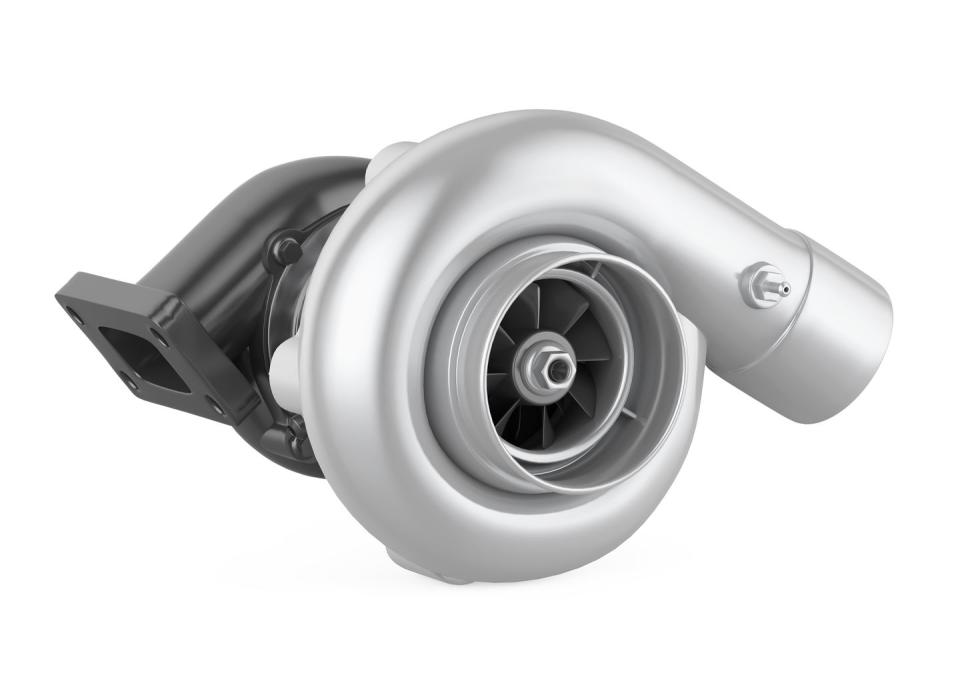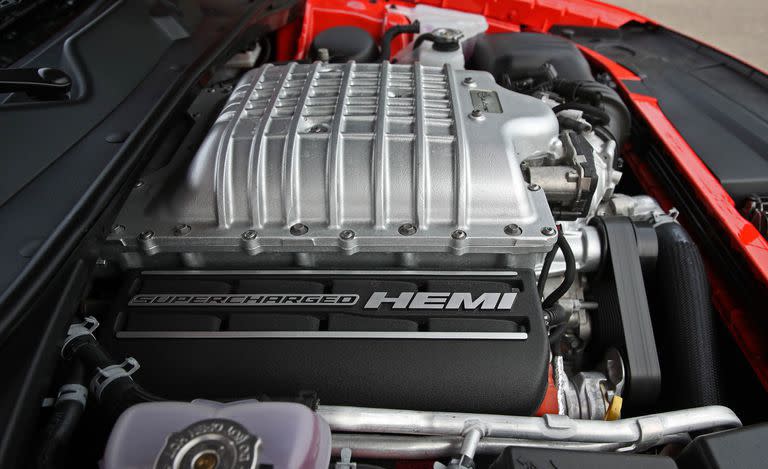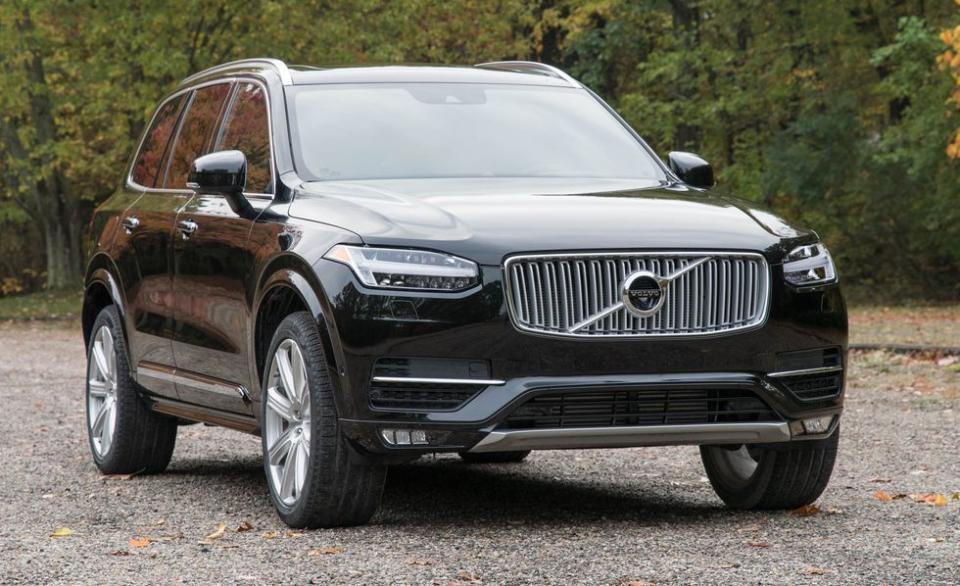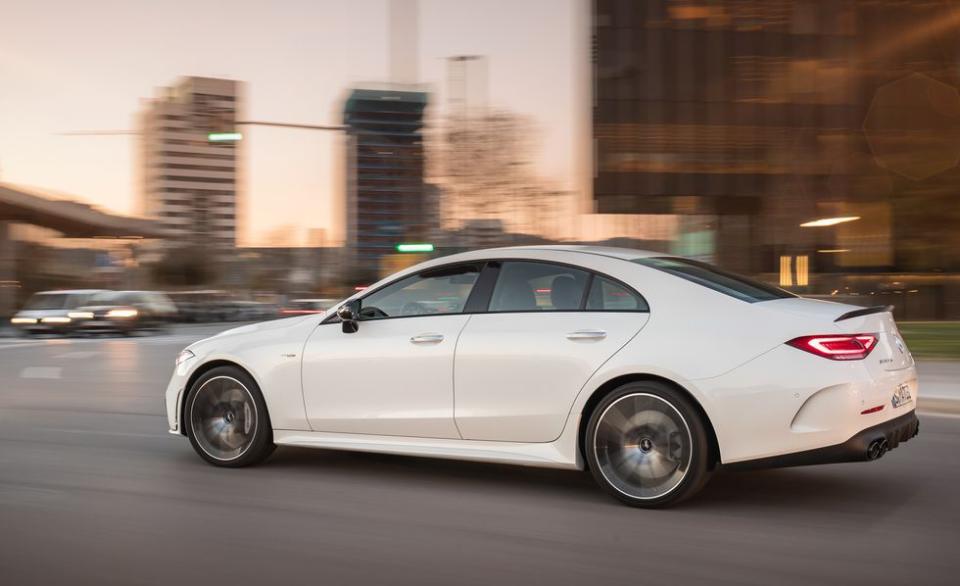Turbochargers vs. Superchargers: Which Is Better?

The words "turbocharged" and "supercharged" are now a part of the American lexicon. They're uttered frequently by everyone from politicians to TV reporters to certain comedians in cars getting coffee. And while both terms are commonly understood to mean that something is given added vitality, made more powerful or highly emotional, speeded up, or boosted, most people don't understand the technologies that actually lend those words their meaning. What are turbochargers and superchargers-and which one is better?
More Power Requires More Air
The amount of power an internal-combustion engine can produce depends primarily on how much fuel it can burn and how quickly and efficiently it converts that heat to mechanical force. But fuel requires air (the oxygen contained in air, actually) to combust, so an engine's maximum output depends largely on how much air it can take in to burn that fuel.
Hence the concept of forcing-feeding an engine more air than it would normally ingest, so that it can burn more fuel and produce more power. This additional intake air can be supplied by either a turbocharger or a supercharger. Both are air compressors, but they operate and perform very differently.
Two Technologies with One Purpose
A turbocharger uses the velocity and heat energy of the searingly hot (and expanding) exhaust gases rushing out of an engine's cylinders to spin a turbine that drives a small compressor, or impeller, that in turn stuffs more air back into the engine. A supercharger also pumps additional air into the engine, but it is instead driven mechanically by the engine via a belt that runs off the crankshaft or by an electric motor.

Pros and Cons
Each of these power-boosting technologies has advantages and disadvantages, but the most obvious difference from behind the wheel is a slight delay in response to your right foot in a turbocharged car, especially when you push deep into the throttle. That's because the turbocharger requires a moment to “spool up” before delivering its burst of additional power-it takes a second for exhaust heat and pressure to increase enough to spin the turbo after you push on the gas pedal. It's called "boost lag” or "turbo lag" for obvious reasons.

By contrast, a supercharger has no lag; because its air pump is linked directly to the engine's crankshaft, it's always spinning and instantly responsive. The power boost it provides, and therefore the engine response you feel through the seat of your pants, increases immediately in direct proportion to how far you press the accelerator.
While the turbo's primary drawback is boost lag, the supercharger's is efficiency. Because a supercharger uses the engine's own power to spin itself, it siphons power-more and more of it as engine revs climb. Supercharged engines tend to be less fuel efficient for this reason. For developing mega power with instant kick-you-in-the-back throttle response, however, supercharging rules. It's employed by several big-muscle machines such as the 650-hp Chevrolet Corvette Z06 and 755-horse ZR1 and Dodge’s 700-plus-hp SRT Challenger Hellcats and Demons.
And the Winner Is
Auto manufacturers have decided: the turbocharger wins by a wide margin. It's not so much about power but rather fuel efficiency. Federal requirements for ever-improving fuel economy, strict greenhouse-gas emissions standards, and customers' desire for good fuel mileage have driven carmakers to use turbos rather than superchargers.
The turbocharger has enabled automakers to replace a lot of V-6s with more efficient turbocharged inline-fours that provide at least equivalent power and often more tire-spinning torque, while turbo-sixes have replaced many V-8s in higher-performance sport and luxury vehicles. Global information company IHS Markit counts some 220 2018 models offering at least one turbocharged engine versus just 30 available with a supercharged engine.

One manufacturer, Swedish maker Volvo, decided not to choose between the two technologies. It currently employs both types of power boosters-a small, conventional (engine-driven) supercharger for low-end response and a turbocharger for higher-rpm power-on some of its 2.0-liter inline- fours.
Electric Supercharging: There's A New Tech in Town
Recently, a third power-boosting alternative has come to market: electric supercharging. The 2019 Mercedes-AMG CLS53 and E53 performance models offer a new, turbocharged 429-hp 3.0-liter inline-six fitted with an electrically driven supercharger that supplements the turbo’s high-rpm boost. An electric motor spins a compressor to provide a burst of low-rpm torque that fills in the gap in power normally felt as turbo lag.

BorgWarner, the unit's manufacturer, says the electric supercharger “delivers boost on demand until the turbocharger takes over, improving boost at low engine speeds and nearly eliminating turbo lag.” Having driven this engine extensively, we can confirm that it works as advertised. It will soon be available on engines from at least two other automakers.
Meanwhile, we have a clear winner in this decades-long battle between power-boosting technologies-at least according to car manufacturers, who have chosen turbocharging for almost all of their current-production power-boosted engines. But in reality, this arm-wrestling match rages on. Indications are that the future of internal combustion engines will see both technologies working side by side.
('You Might Also Like',)

